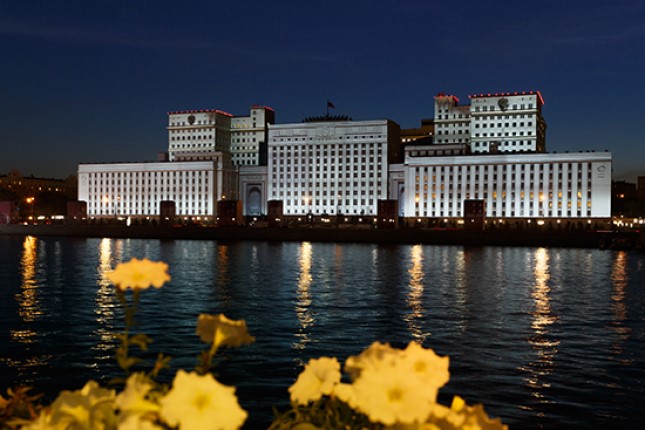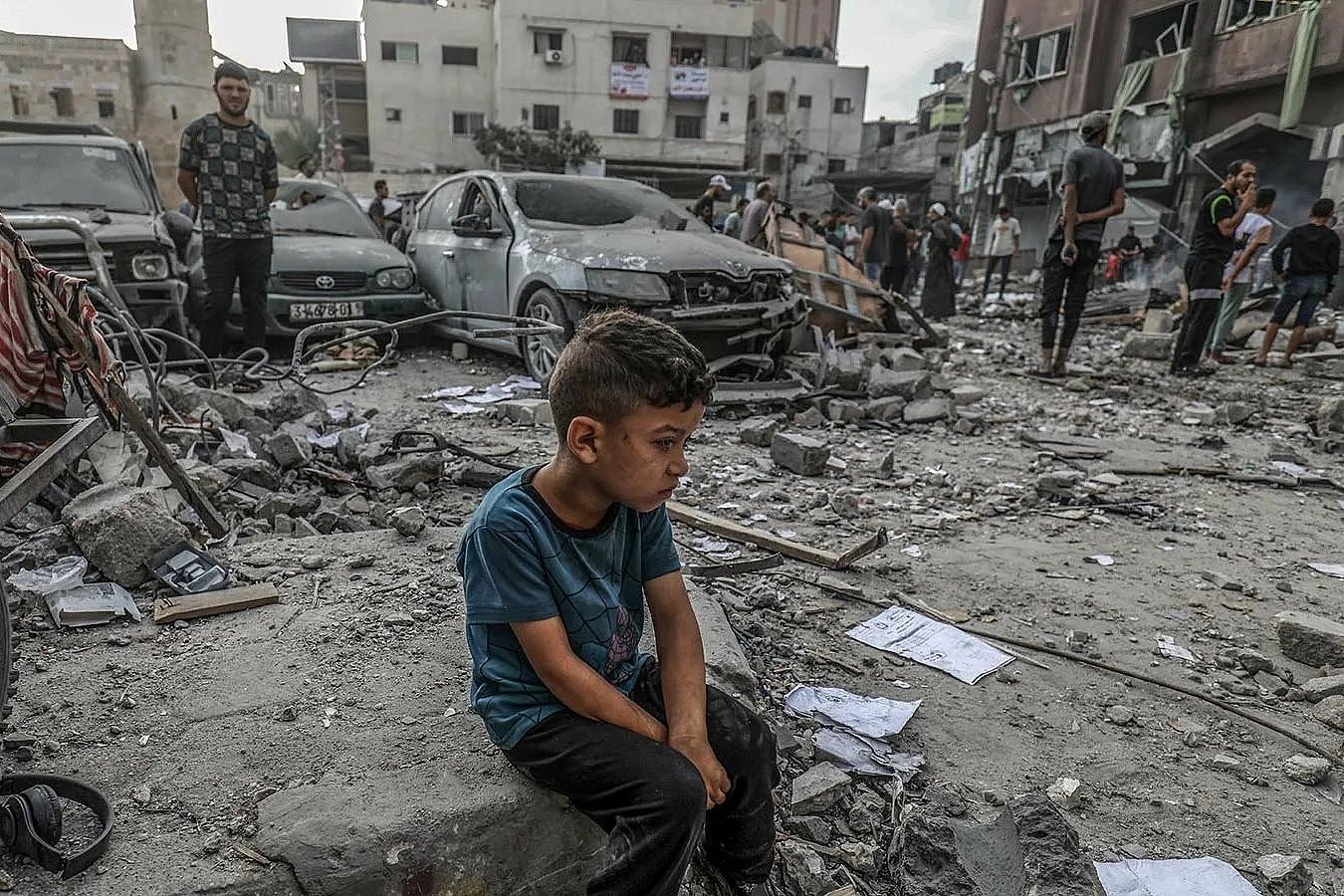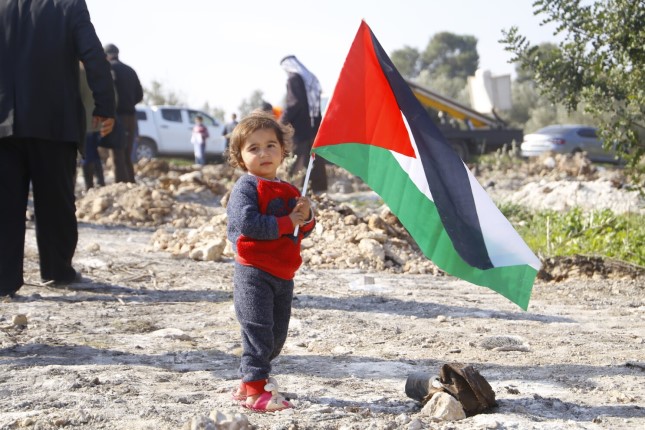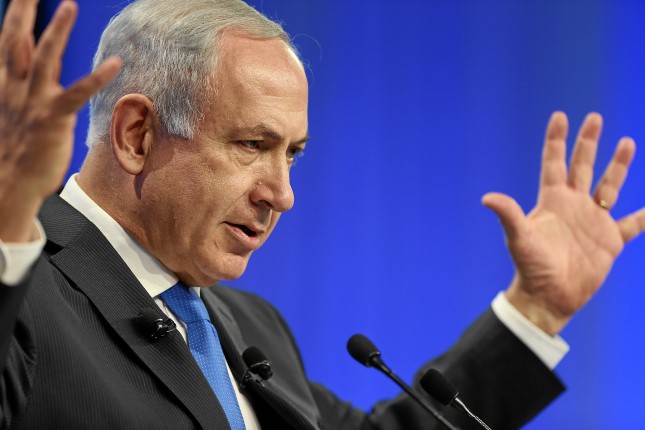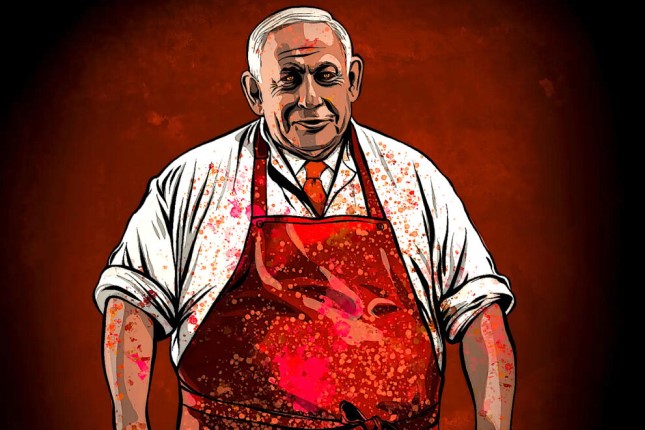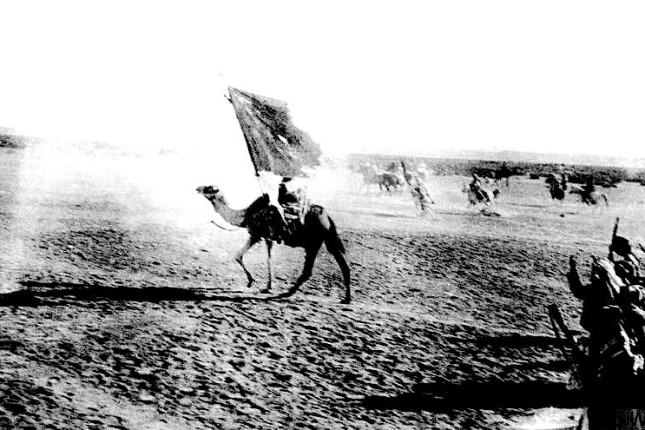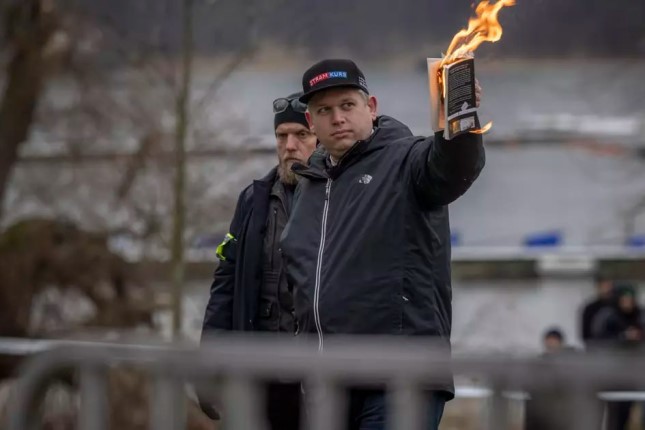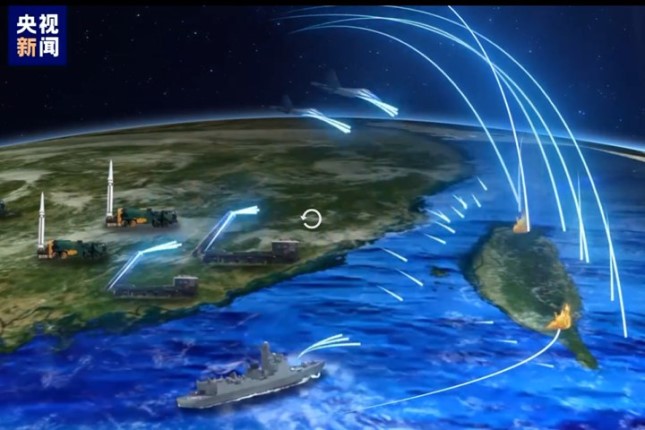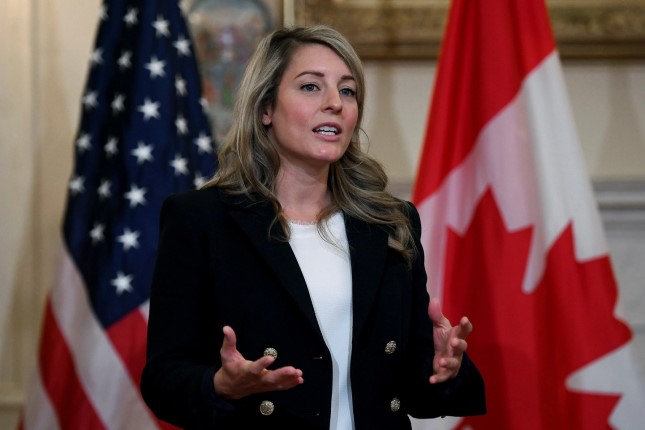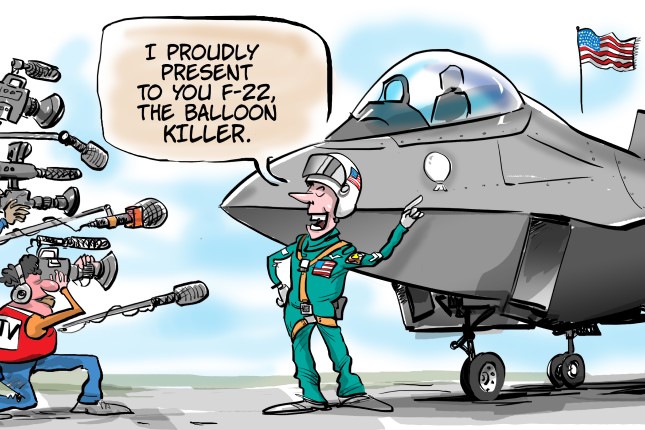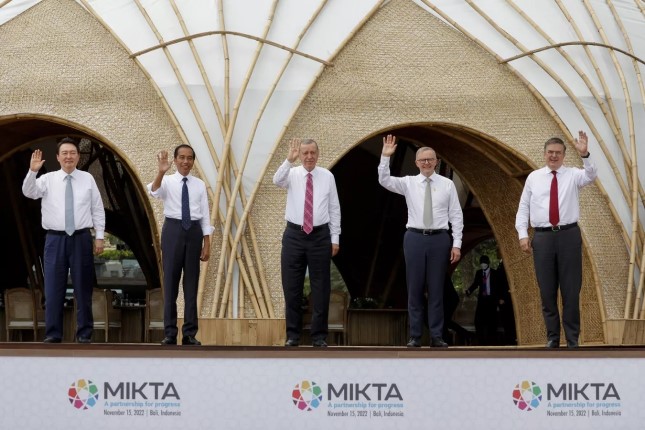The Biden administration has a lot to cope with now when it comes to Russia.
As the 2023 War in Gaza has drawn attention away from a losing effort in Ukraine, a disastrous NATO-sponsored, Ukrainian counter offensive has run out of steam, with close to 100 percent casualties among the men and equipment participating.
(NATO trained a force of 90,000 Ukrainian soldiers for this effort, and supplied them with approximately 300 tanks; Russia has published figures that put the Ukrainian casualties since the start of the counteroffensive at some 90,000 killed and wounded, with some 300 tanks destroyed.)
Russia has assumed an offensive posture; the initial reading from the battlefield is that it is enjoying greater success in the first few weeks of its attacks than Ukraine had for its five-month-long counteroffensive.
To add insult to injury, U.S. News and World Report just published the rankings of the world’s most powerful militaries and Russia edged out the United States for the No. 1 spot.
In times like these, the White House turns to its spin doctors to manipulate the narrative, and there is no finer practitioner of the art of spinning in the White House stable than the spokesperson for the National Security Council, John Kirby.
“I do want to, if — if you’ll allow me to, just to take a couple of minutes,” Kirby told the press on Oct. 26, “to update you on the battlefield situation in Ukraine.”
Russia, it seemed, was on the attack, having, Kirby noted, launched a renewed offensive in eastern Ukraine “across multiple lines,” including around Avdiivka, Lyman and Kupiansk. This offensive, Kirby said, “was not a surprise. We’ve been watching this build and come. And we’ve warned that President Putin still aims to conquer Ukraine and we’ve been working to ensure that Ukraine has the equipment it needs to defend its territory.”
Kirby’s tune was different back in June 2022. Then Kirby stated: “They [Ukraine] are getting as much as we can send as fast as we can send it. … We’re going to be committed to helping Ukraine’s armed forces defend themselves and try to take back the territory, particularly in the east, in the south, that they’re trying to take back now.”

John Kirby during a press event in 2021. Photo: DoD / Lisa Ferdinando.
Now, there is no more talk about Ukraine taking back territory. Instead, Kirby emphasized that a new support package, which focused on air defense and anti-tank missiles, as well as artillery munitions, was enabling Ukraine “to hold on and hold the — on the defense against this offensive, successfully repelling Russian tank columns that have been advancing on Avdiivka.”
The Russians, Kirby was quick to point out, had “suffered significant losses in this offensive attempt of theirs, including at least 125 armored vehicles around Avdiivka and more than a battalion’s worth of equipment.”
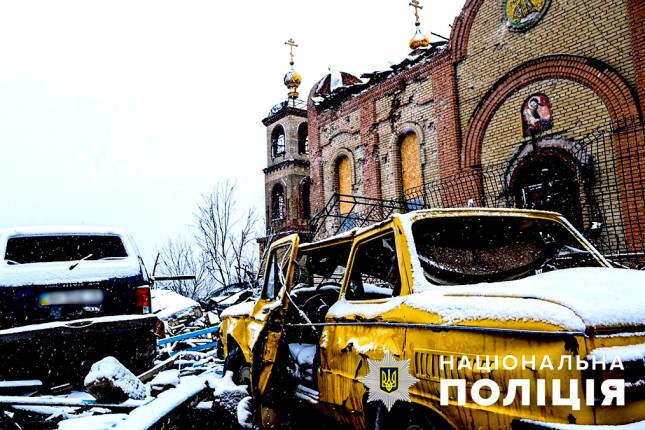
Saint Michael Church in Avdiivka in the Donetsk region on April 1, during the battle for the city. Photo: National Police of Ukraine / Wikimedia Commons / CC BY 4.0.
Despite this setback — for which Kirby offered no proof, Russia was expected to continue to attack the Ukrainian lines. “This is a dynamic conflict,” Kirby said, “and we need to remember that Russia still maintains some offensive capability and may be able to achieve some tactical gains in the coming months.”
The difference between “Ukraine is going to recapture lost territory” and “Russia is on the offensive and may achieve some tactical gains” is of an order of magnitude that cannot simply be dismissed.
Something is happening on the ground between Ukraine and Russia which has Kirby desperately trying to prepare the American audience for some significant developments on the battlefield that exclusively favor Russia.
Following a Failed Counteroffensive
Trying to minimize these gains as “tactical” in nature doesn’t alter the fact that they are taking place in the aftermath of a failed counteroffensive which had been backed by the collective military and economic might of the U.S., NATO and the European Union.
The transition from a major counteroffensive designed to recapture most, if not all, of the territory annexed by Russia, to a defensive posture where Russia is expected to capture even more territory, cannot be written off as “tactical” in nature. This is a strategic shift in fortune which may very well represent the final trajectory for both sides to the conflict.
Vladimir Trukhan is a reserve colonel in the Russian Army affiliated with the Central Military District of Russia who has recently returned from the frontlines of the Special Military Operation. He says the situation on the battlefield is far worse than what has been portrayed by Kirby.
In a wide-ranging interview on my “Ask the Inspector” podcast earlier this month, Trukhan noted that in Avdiika the Russians aren’t seeking “tactical gains,” but rather operational control of the battlefield designed to create a semi-cauldron to replicate the “meatgrinder” scenario that transpired in and around Bakhmut earlier this year.
Surrounding Avdiika, Trukhan said, is not the objective. The Russian goal is to put the Ukrainian command in a dilemma, where abandoning Avdiika could lead to the collapse of morale among the Ukrainian defenders and staying could lead to a massive loss of life due to the difficulties associated with reinforcing the garrison.
In Bakhmut, the Russians were able to kill, wound, or capture more than 70,000 Ukrainian soldiers, representing roughly the number of troops that had been gathered and trained by NATO to carry out the counteroffensive.
Trying to hold on to Avdiika could prove fatal to the entire Ukrainian defensive effort, as the Ukrainian reserves have been depleted and Ukraine is forced to take troops from elsewhere on the line of contact, creating additional offensive opportunities for the Russian soldiers.
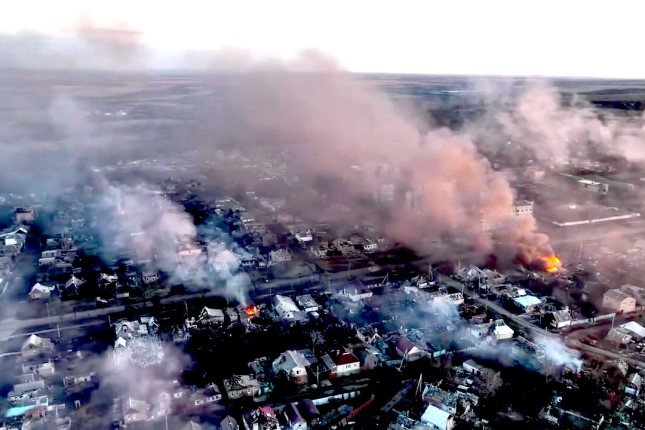
Western Bakhmut during battle on April 5. Photo: Dpsu.gov.ua / Wikimedia Commons / CC BY 4.0.
Kirby made mention of Kupiansk as another area where Russia could achieve some “tactical” success on the battlefield. The Kupiansk battle represents the manifestation of the Russian operational art, an example where Russia was able to exploit a lack of frontline manpower on the part of Ukraine by initiating offensive operations in areas of the battlefield where Ukrainian forces had been thinned out to provide additional manpower to the special military operation.
Another Semi-Cauldron
In Kupiansk, Russia is seeking to produce another semi-cauldron, a new Bakhmut-like “meat grinder”, which will compel Ukraine to either retreat or commit troops it doesn’t have, exposing another location on the front to Russian offensive operations.
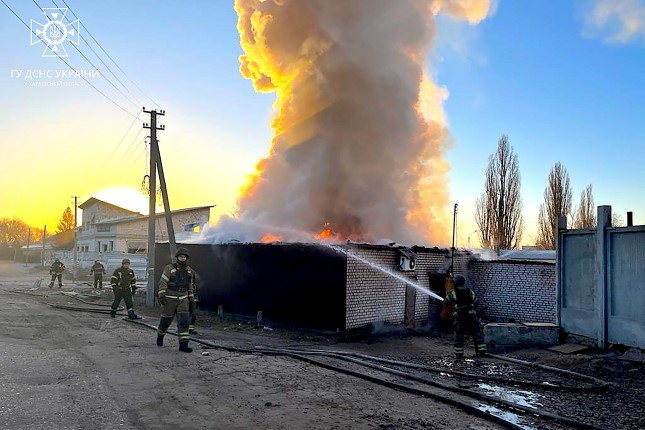
Aftermath of Russian shelling of Kupiansk, Jan. 25. Photo: Main Directorate of the State Emergency Service of Ukraine in Kharkiv Oblast / Wikimedia Commons / CC BY 4.0.
And thus, the cycle repeats, until there is a general collapse along the Ukrainian line of contact.
But this isn’t the most important aspect of what is going on in Kupiansk. Unlike the defeat of the Ukrainian counteroffensive in Zaporizhia, and the semi-cauldron battles of Bakhmut and Avdiika — all of which were fought on territory claimed by Russia and, as such, fulfilling President Vladimir Putin’s stated objective of liberating all Russian land — Kupiansk is unequivocally on Ukrainian soil, part of the Kharkov Oblast.
While Russia had maintained a military presence in the Kharkov Oblast following its withdrawal in the fall of 2022, this presence was designed to secure the northern territory of the Lugansk Republic more than it was to serve as a springboard for Russian offensive operations.
Had Ukraine sought a negotiated settlement to the conflict, Trukhan notes, Russia would have withdrawn from the territory of Ukraine. Because Ukraine opted to continue fighting, Russia has gone on the offensive on the territory of Ukraine.
This represents a signal by Moscow that Russia — to secure the safety and security of the ethnic Russians in eastern Ukraine — would initiate operations that could result in Ukraine losing five more oblasts to Russian control.
This is a new, critical inflection point in the conflict which is of strategic significance.
John Kirby can try to dismiss the Russian offensive in Kupiansk as little more than a “tactical” success. It is, instead, a game changing moment in the conflict.
Top Military Ranking
By focusing on the Special Military Operation, Kirby misses the forest for the trees. U.S. News and World Report, however, has not.
Somehow Russia — whose military, according to western media and Kirby, has been suffering horrendous casualties that have resulted in operational paralysis due to poor morale, ineffective leadership and insufficient logistics — has surpassed the United States as the world’s most powerful military.
This ranking not only belies the notion of Russian incompetence in its conflict against Ukraine, but also reflects the reality — largely ignored in the West — that at the same time Russia is successfully prosecuting its Special Military Operation, it is also expanding its active-duty military force structure from 900,000 to 1.5 million soldiers, sailors, airmen and Marines.
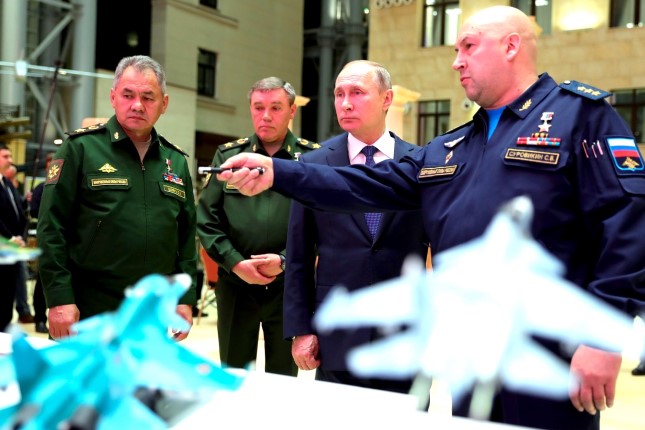
Putin, second from right, during an inspection of military equipment in January 2018. Photo: Kremlin.ru / Wikimedia Commons / CC BY 4.0.
This effort requires not just a massive recruiting effort — at the same time as the fighting in Ukraine — but also a huge effort on the part of the Russian military industrial complex, which is tasked not only with supplying weapons to the Russian forces engaged against Ukraine, but also equipping and logistically supporting an additional force of 600,000 men.
All those new men in uniform, on top of the 300,000 mobilized reservists and 300,000 volunteers for the Special Military Operation — that’s an increase of 1.2 million men under arms at a time the NATO collective struggles to form up a 300,000 rapid reaction force and the United States finds itself some 15,000 recruits shy of a 60,000-recruiting goal.
The Congressional Commission on the Strategic Posture of the United States has just published a final report that finds that the United States needs to dramatically increase the size of its conventional military force.
The question of how this will be done beyond allocating money is not addressed. But even a modest increase of 150,000 men at a time when the U.S. Army is unable to recruit sufficient manpower to sustain the current force structure seems like a mission impossible.
Beyond the lop-sided comparisons of competency when it comes to recruiting and sustaining large numbers of new military formations, the real significance of what Russia is doing was alluded to by Colonel Trukhan, who pointed out that the expansion of Russian military capacity takes a higher priority than the conduct of military operations in the SMO theater of operations.
What this means is that at a time when the collective West — the U.S., NATO and European Union — is struggling to find how to sustain the Ukrainian war effort, Russia has seized the strategic initiative in the SMO even while relegating the SMO to second-tier status.
Russia’s primary focus is building a military capable of standing up to and defeating the combined forces of the West. Russia’s effort involves the creation of new units, equipped with modern equipment and sustained by the output of the Russian defense industry.
The West, meanwhile, struggles to transform a military that exists largely on paper or in the imagination of its leaders, into something capable of taking the field in a large-scale ground war in Europe.
The Russian Army today is combat-hardened, combat-tested and incorporates the myriad of tactical and operational lessons it has learned the hard way over the course of more than 600 days of fighting.
The armies of the collective West, meanwhile, have difficulty getting out of the barracks, are organized and equipped using pre-SMO legacy standards and can sustain themselves for barely two-weeks in the case of large-scale combat.
John Kirby can spin information all day long, but he can never untangle this reality — Russia is winning the war in Ukraine and dominating the U.S. and NATO in terms of overall military strength. Thanks to Vladimir Trukhan, we can get some meaningful insight into the reality of the Russian military, insight that helps sustain the findings of U.S. News and World Report that Russia, not the United States, has the most powerful military in the world.
Main photo: Russia’s National Defense Management Center headquarters in Moscow © Mil.ru / Wikimedia Commons / CC BY 4.0.
Source: Consortium News.
